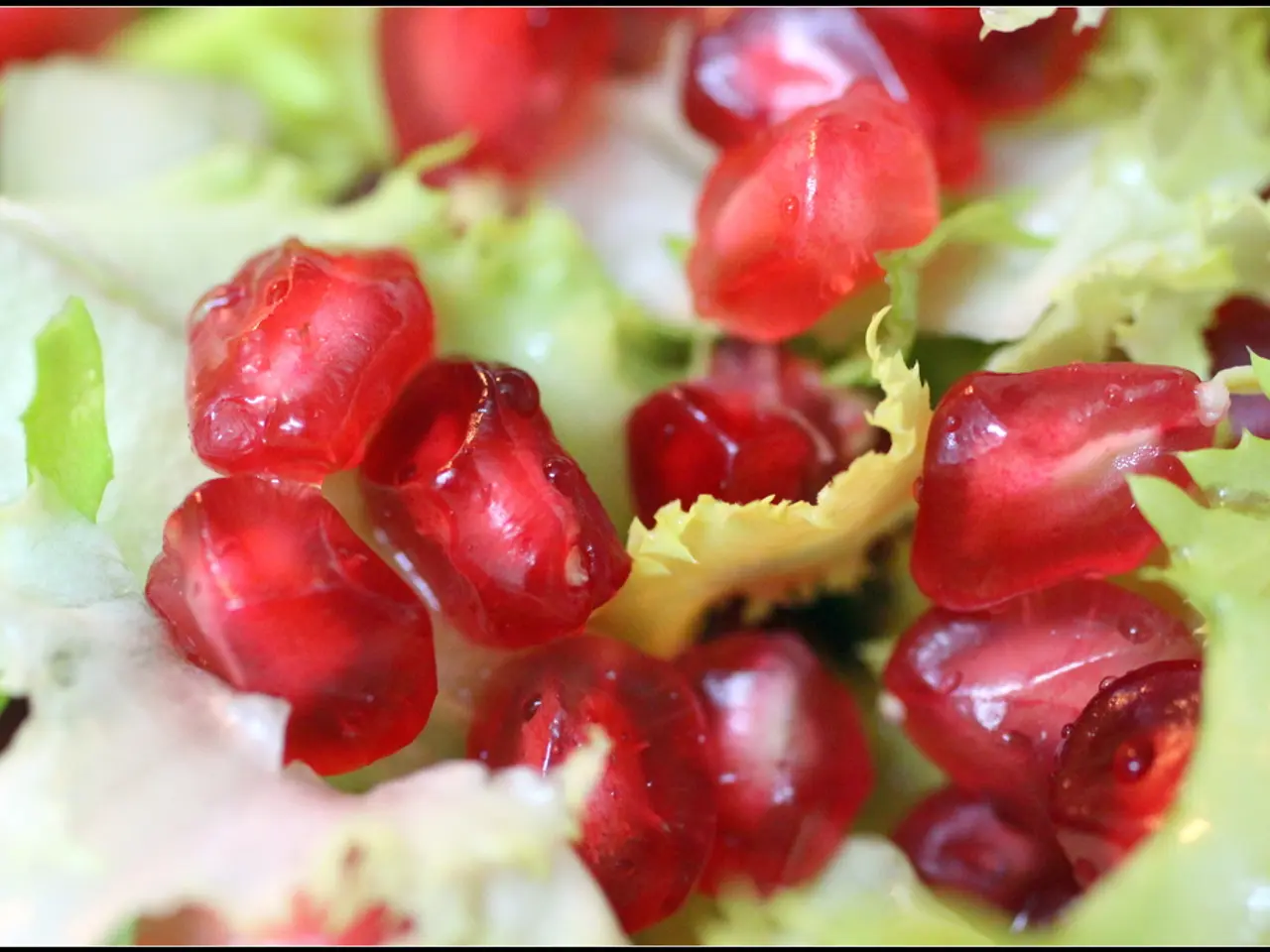Information on Cassava:
Cassava, a staple food for over 800 million people across more than 80 countries, is a versatile and nutritious root vegetable. However, it is essential to prepare cassava correctly to avoid toxicity and ensure its safety.
Cassava is a good source of vitamins C, thiamine, riboflavin, and niacin, as well as a rich provider of carbohydrates. Unfortunately, it contains only small amounts of proteins and fats. To address this, people who rely on cassava as a primary dietary staple may need to supplement their diets with extra protein or take protein supplements to avoid malnutrition.
The nutritional profile of 160 grams of cooked cassava includes 306 calories, 2.27g protein, 63.4g carbohydrate, 3.04g fiber, 27.2mg calcium, 35.2mg magnesium, 451mg potassium, 29.1mg vitamin C, 0.131mg thiamine, 0.077mg riboflavin, and 0.077mg niacin.
However, cassava contains naturally occurring cyanide, which can be toxic if ingested raw or improperly processed. To eliminate this risk, several recommended methods for safely preparing and consuming cassava have been developed.
Key safe preparation methods include peeling, soaking, boiling, fermenting, drying, and the "wetting method" for flour. Peeling removes the outer skin where toxins are concentrated, while soaking helps leach out cyanogenic glycosides. Boiling degrades toxins, and fermenting and drying further reduce toxicity, making cassava safe for consumption in the production of flour or garri.
For cassava leaves, boiling is crucial, and the cooking water should be discarded before further cooking to eliminate bitterness and toxins. When using cassava flour, processes like the wetting method should be employed before cooking to ensure safety.
It is critical never to eat cassava raw, as bitter varieties especially contain high levels of cyanogenic glycosides that can cause severe poisoning, including vomiting, neurological symptoms, and, in extreme cases, death.
Following these methods ensures cassava is safe and nutritious, providing a rich, affordable source of carbohydrates that is more calorie-dense per acre than cereal grain crops. Cassava roots have a similar shape to sweet potatoes, and foods made from cassava include bread, french fries, mashed cassava, cassava chips, cassava bread soaked in coconut milk, cassava cake, cassava in coconut sauce, yuca con mojo, tapioca, starch and flour products, and gluten-free bread.
People should ensure the cassava comes from a trustworthy supplier and follow specific cooking instructions to prepare it safely. Processed cassava products, such as tapioca pearls and cassava flour, are safe to use without any precooking.
Cassava may have potential uses in manufacturing fabrics, paper, building materials, bioethanol for fuel, medications, and as a replacement for high fructose corn syrup and industrial products like polystyrene and polyvinyl chloride. Furthermore, the leaves of the cassava plant can also be eaten.
However, it is essential to remember that eating raw or incorrectly prepared cassava can lead to severe side effects. Soaking and cooking cassava makes these compounds harmless, transforming this humble root vegetable into a safe and nutritious staple food for millions worldwide.
References: [1] Food and Agriculture Organization of the United Nations (FAO). (2016). Cassava: A Guide to Good Practice in Cassava Processing. [2] World Health Organization (WHO). (2016). Cassava: Nutritional Value, Toxicity, and Food Processing. [3] International Center for Tropical Agriculture (CIAT). (2019). Cassava: From Farm to Table. [4] National Cassava Association of Nigeria. (2018). Cassava: The Nigerian Food Revolution. [5] United States Agency for International Development (USAID). (2017). Cassava: A Key to Food Security in Africa.
- The nutritional value of cassava, a staple food for millions, includes vitamins C, thiamine, riboflavin, and niacin, but it is low in proteins and fats.
- To combat potential malnutrition, people relying on cassava as a primary dietary source may need to supplement their diets with proteins or protein supplements.
- Cassava contains cyanide, which can be toxic if ingested raw or improperly processed, but following specific preparation methods ensures its safety.
- Key methods for preparing cassava safely include peeling, soaking, boiling, fermenting, drying, and the "wetting method" for flour.
- Boiling cassava degrades toxins, while soaking helps leach out cyanogenic glycosides, making the vegetable safe for consumption.
- For cassava leaves, boiling is crucial, and the cooking water should be discarded to eliminate bitterness and toxins.
- When using cassava flour, processes like the wetting method should be employed before cooking to ensure safety.
- Always avoid eating cassava raw, as this can cause severe poisoning, including symptoms like vomiting and neurological problems.
- Cassava, once prepared safely, offers a rich, affordable source of carbohydrates, providing more calories per acre than cereal grain crops.
- Cassava can be used in various food forms, including bread, french fries, and cassava cake, among others.
- It is crucial to source cassava from a trustworthy supplier and follow specific cooking instructions to prepare it safely.
- Processed cassava products, such as tapioca pearls and cassava flour, are safe to use without any precooking.
- Beyond food, cassava has potential uses in manufacturing fabrics, paper, building materials, bioethanol, medications, and as a replacement for high fructose corn syrup and industrial products like polystyrene and polyvinyl chloride.
- The leaves of the cassava plant are also edible and offer additional nutritional benefits.
- Remember that eating raw or incorrectly prepared cassava can lead to severe side effects, but soaking and cooking cassava make these compounds harmless, transforming it into a safe and nutritious staple food worldwide.




